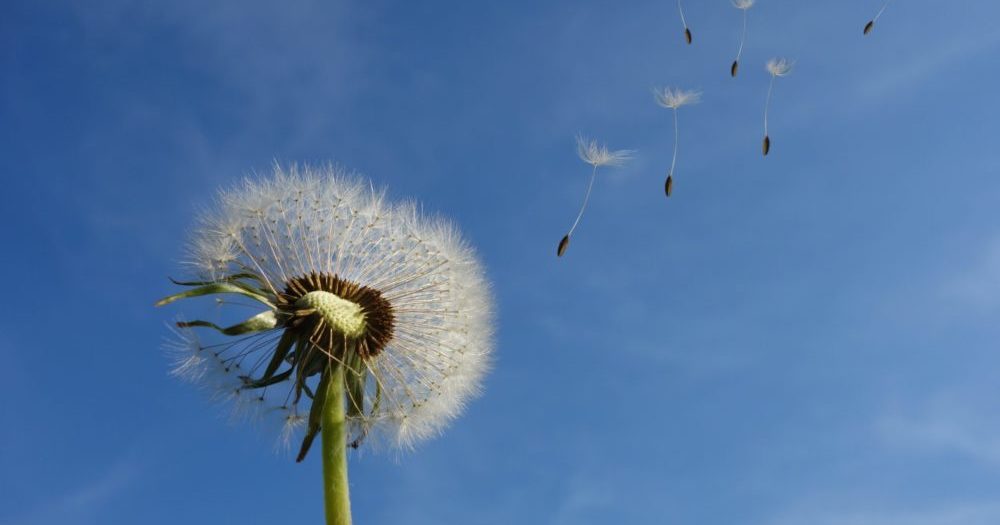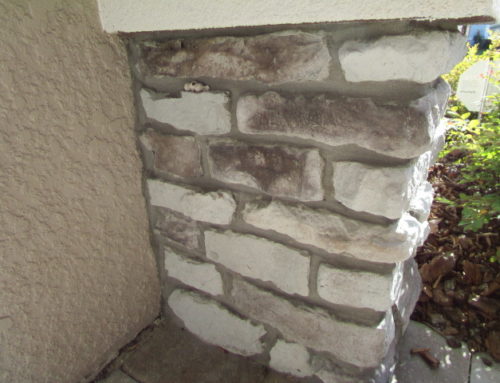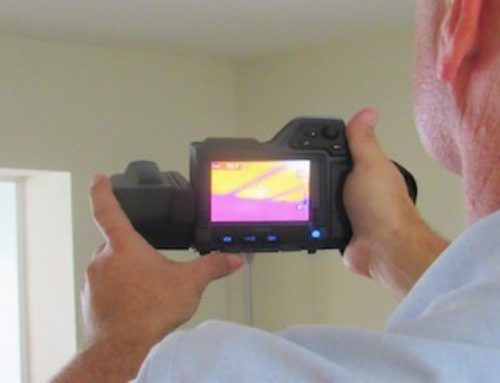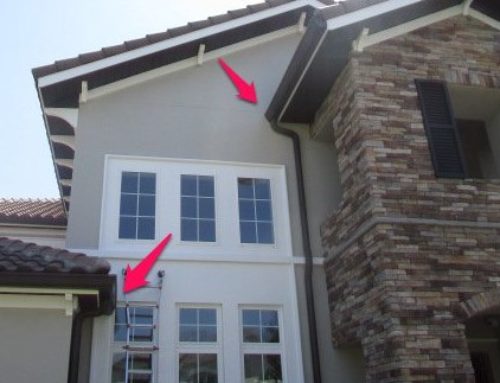Living in Florida’s humid and rainy climate can create a lot of concerns for homeowners. One such concern being the high possibility of mold growth within their home. In order to prevent such growth, it is wise to be educated on what conditions mold needs to grow, and how to get rid of it, if it is already present.
How does mold spread?
Picture a single yellow dandelion in an empty field, which will eventually produce seeds. Those seeds are then spread throughout the field by the wind, and the field in turn will become filled with more dandelions as that process continues. The process of mold spreading is almost exact to those dandelions. Mold will produce spores that look like very small seeds. These seeds will then multiply and spread to the surrounding surfaces. It can also spread by extension of their hyphae, which are tiny tube-like roots, and can create a colony through whatever food source the fungi is using.
How can mold be prevented?
There are three conditions required for mold growth, these conditions are; 1) Air temperature between 40F – 100F 2) Moisture 3) Nutrients (wood, wallpaper, sheetrock, clothing, etc.). It is nearly impossible to control the outside air temperature or the types of materials that our homes are built with. This leaves only one component that we are able to control, moisture. Ensuring your home is free from any cracks or leaks that can potentially let water inside your home, and making sure your air conditioner is working properly to keep the humidity levels down can save your home from a mold invasion.
At Bowman Building Assessment, we will help you to identify the source of the problem by inspecting your home for potential moisture related problems that can promote the growth of mold. We will also provide you with a detailed report that will lay out a plan that will help repair your home. Contact Bowman Building Assessment for either an Infrared Inspection or one of our Mold Assessments and Protocols so we can help you keep your home safe and dry.






